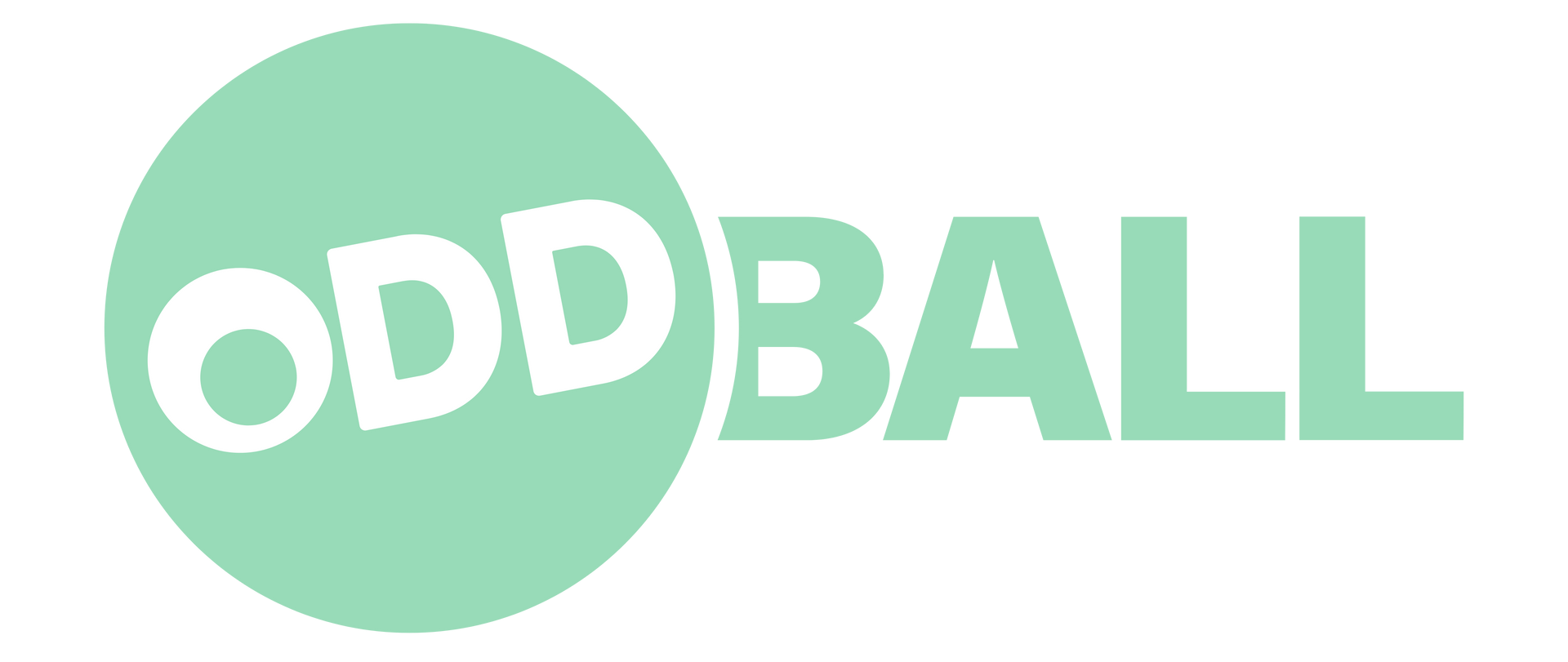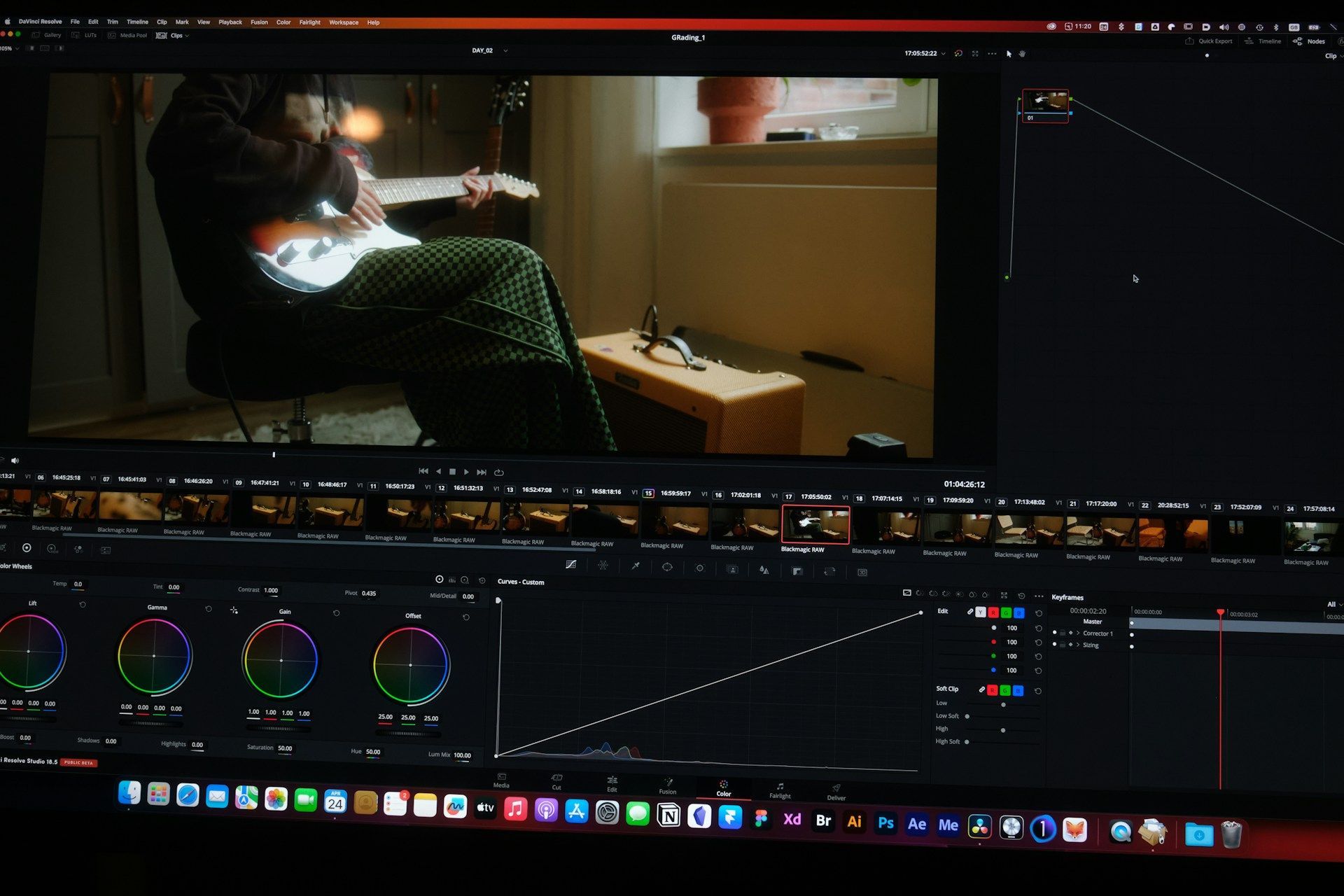Signs Your Website Security Needs Immediate Attention
Your website works like your front door online. It welcomes people, shows off what you do, and helps build trust. But if that door isn’t locked tight, there’s a good chance someone unwanted could get in. Website security often gets pushed aside until something goes wrong. The problem is, when it does go wrong, the damage is already done. Whether it’s strange behavior, broken pages, or even spammy comments popping up, these are signals something’s not right.
Most of the time, the signs are easy to miss. You might think they’re just small glitches or a fluke. But those small issues can grow into serious problems fast. Paying attention to how your website functions day-to-day can save you from a bigger mess down the road. Knowing the early signs of trouble can help you catch problems before they get out of control. Let’s go over the warning signals that may point to security risks on your site.
Unusual Activity Alerts
One of the biggest signs something’s off is when your site starts acting like someone else is using it. Strange login attempts or notices about logins from places you don’t recognize can be a red flag. If it suddenly looks like your admin area is being accessed at weird hours or from another country, that’s not something to ignore.
Here are a few things to keep an eye on:
- Login emails or alerts about failed login attempts you didn’t trigger
- Sudden requests for password resets you didn’t ask for
- Notifications about new user accounts being created out of the blue
- Lockouts or account restrictions for no clear reason
If any of this is happening, your login system could’ve been hit by someone trying to get in without permission. It’s also helpful to track login logs. Some website platforms let you see when admin logins occurred and from which location. Seeing several attempts from outside your usual area could show someone is trying to crack your password or sneak in.
This kind of warning may seem minor at first, but it can be an early sign of a bigger issue unfolding behind the scenes. If someone gains access, they can change settings, steal data, or load harmful content. The faster you catch odd activity, the easier it is to fix things before real damage happens.
Frequent Website Downtime
If your website has been going offline often, it's not just annoying. It might mean someone’s trying to mess with it. Downtime that keeps happening without a clear reason could point to a deeper security concern.
While every server goes down from time to time, there’s a difference between regular maintenance and unexpected crashes. These surprise drop-offs may be caused by a type of attack that overwhelms your site with fake traffic. When that happens, your server gets clogged and real visitors can’t get through.
Some common things that could signal unsafe downtime:
- Your site crashes around the same time every day or week
- Visitors report the site not loading at random times
- Your hosting service starts giving you alerts but can’t explain why
One example of this would be a local restaurant that runs online orders through their site. Every weekend, their site slows down and even goes offline during dinner hours. They think it's just high traffic, but after looking closer, they realize most of the hits are coming from scripts, not people. That’s a denial-of-service attack. Months go by before they catch it, and customers had already started giving up on ordering online. That’s not a good place to be.
If downtime keeps showing up without notice, it’s smart to start asking questions and get a deeper look at what’s behind it, especially if it’s happening during peak times.
Changes In Website Appearance Or Functionality
Take a quick look at your website right now. Does anything look different from how you left it? If your content, images, or layout suddenly change without your say-so, that’s a major sign someone else has access.
Even small changes matter. Maybe a button now opens a page that doesn’t exist. Maybe you spot a new banner or popup that you didn’t set up. If text or photos show up that feel off-brand or not your style, there might already be someone tampering with your files or settings.
Watch for some of these signs:
- New pages or blog posts appear without being created by your team
- Buttons or forms don’t work like they used to
- Random popups or exit messages show up unexpectedly
- Site redirects to unfamiliar URLs
- Your homepage starts to look slightly off or has odd language in it
Any one of these changes can confuse or scare off visitors. Even worse, they may be part of something more aggressive like malware insertion. These issues sometimes show up slowly, which makes them easy to overlook until someone reports a bigger problem. It’s a good habit to click through your site’s main pages from time to time just to see if everything’s working and looking as it should. Trust your gut. If something feels off, it’s worth digging into.
Spammy Or Malicious Content
Sometimes the biggest clues that your site’s been hit are sitting right there on the page. Junky blog posts, strange user comments, or links pointing to places you don’t recognize might be trying to send your traffic somewhere else. These can all be ways attackers use your website to push unsafe content without you noticing.
A few examples of spam or malicious content include:
- Long strings of keywords shoved into blog titles or body content
- Comments filled with sketchy links or odd language
- New posts that mention products or services you don't offer
- Hidden text or links that only show up in the site’s code
- Popups or ads that slow the site down or don’t match your brand
Most site owners don’t find this kind of stuff right away. It’s usually a visitor who points it out, and by then, it may already be embedded across different pages. Even forms left open for public use, like a contact form or newsletter sign-up, can be used to spread spam in sneaky ways. If your site allows public input, keep an eye on what’s being submitted.
What makes this tricky is how silent some of it can be. One day your blog looks fine. The next, a post has ten strange links in it, and your visitors are getting sent to fake shopping sites. This makes your website less trustworthy and search engines may start flagging it, which can hurt your online reach. The fix often needs to go deeper than deleting a post or two.
Slow Website Performance Can Signal Infections
It’s easy to blame slow load times on internet issues or a clunky server. But if your site used to run fine and it’s now crawling, someone may have snuck something in under the hood. Cyber attacks don’t always make a big mess on the outside. Some just sit there quietly, using your server’s resources for other tasks.
Think about it like lending out your car. If the engine feels weak and your gas mileage drops, you'd probably guess something’s wrong. Websites work the same way. If your server’s being hijacked to run background scripts, mine cryptocurrency, or push pop-ups across other platforms, the extra load can slow everything down.
Signs that something’s weighing down your site include:
- Long delays before content starts to load
- Images and video that no longer play smoothly
- Admin tools that freeze or crash during updates
- Features that stop responding unless the page is reloaded
Even monitoring tools can start throwing off errors or giving false readings. When malware or scripts run in the background, they fight for server power and often win. Slower speeds aren’t just frustrating for users. They usually point to bigger issues behind the scenes. If you’ve done all the basic troubleshooting and your site still lags, it’s time to consider a deeper look for infected code or unauthorized add-ons.
What To Do If You Spot Signs Of Trouble
If any of these warning signs sound familiar, don’t wait it out. The longer you let the issue sit, the more room it has to spread or cause permanent damage. The good news is, quick action can make a big difference. Whether the site gets taken over or just acts a little weird, responding right away can help get it back on solid ground.
Here’s what to do next:
1. Document everything. Take screenshots or list what you're seeing and when it started
2. Temporarily block outside access if needed, especially if users could be exposed to malware
3. Avoid clicking on suspicious links or trying to fix code if you’re unsure what it does
4. Reach out to a professional who specializes in website repair and security
5. Let your hosting provider know so they can check for larger server risks
Attempting to fix deeper issues without knowing what you're dealing with can create bigger problems. Some malware can hide inside theme files, plugins, or small scripts that look safe. Others reconnect after removal if not fully cleaned. A trained team can track down where the breach began and shut the door that let it in.
Protect Your Site Today
Keeping your website safe isn’t just about avoiding problems. It’s about making sure your visitors feel confident when they land on your page. Visitors who run into broken links, sketchy popups, or slow load times are less likely to stick around. And the longer a threat stays hidden, the more damage it can cause to your reputation and search performance.
Start making it a habit to check in on your site. Set reminders to test pages, review user activity, and keep an eye on performance. Just like you wouldn’t ignore warning lights on your car’s dashboard, don’t ignore them on your website either. You don’t need to understand every technical detail to know when something feels off. Trust that feeling, and respond sooner rather than later.
Whether you’ve noticed issues already or want to get ahead of them now, staying alert is your first line of defense. Prevention beats cleanup every time.
To keep your site running smoothly and shield it from unwanted threats, it's important to have the right tools and expertise in place. If you believe your online presence may need a boost in protection, consider working with a website company that truly understands the nuances of digital security. Oddball Creative is here to help ensure your website remains a safe and welcoming doorway for your visitors.



